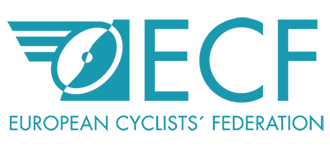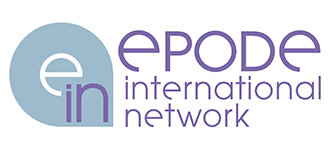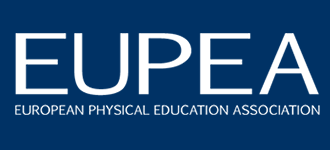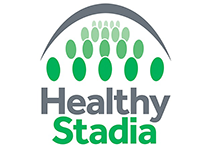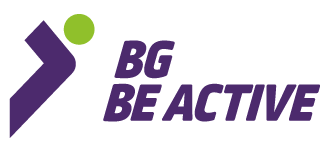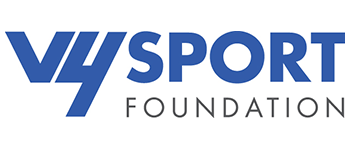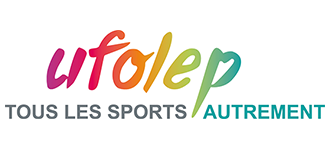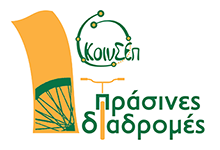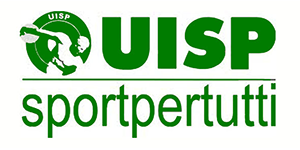Advocacy Toolkit
Summary
The Advocacy Toolkit stems from this, systematizing and coordinating both internal and external advocacy expertise, as well developing a few innovative approaches. It provides a set of practical tools to help UNICEF staff and partners in the development and management of their advocacy work. The Advocacy Toolkit is applicable for all levels of the organization as a resource for building a structured approach for sustained advocacy. The tools are particularly relevant for UNICEF country offices and national committees, but its content will also be valuable to anyone who wants to expand their understanding of the human rights-based approach to advocacy and how this approach is applied. The Advocacy Toolkit provides a broadly accepted definition of advocacy and underscores UNICEF’s unique position and experience in advocacy. The heart of the Toolkit provides detailed steps, guidance and tools for developing and implementing an advocacy strategy. The Toolkit also outlines 8 areas that can help strengthen an office’s capacity for advocacy, and covers several crosscutting aspects of advocacy including monitoring and evaluating advocacy, managing knowledge in advocacy, managing risks in advocacy, building relationships and securing partnerships for advocacy and working with children and young people in advocacy.
How is this document connected to AV principles and project
It is demonstrating the importance of voluntary activities to promote social inclusion and equal opportunities and to build capacity in civil society. It is a very good example on good practice and very successful advocacy toward both policy makers and society in general.
WHAT CAN WE LEARN FROM IT: The toolkit is very useful and detailed document with containing all important aspects of advocacy success of UNICEF. It can teach other NGOs steps are necessary for establishing clear advocacy plan. It shows different tools (forms) that can be used together with exact examples how these tools can be used.
Type of doc: Toolkit
Objective:
Year: 2010
Partners:
Country:
Language: English

